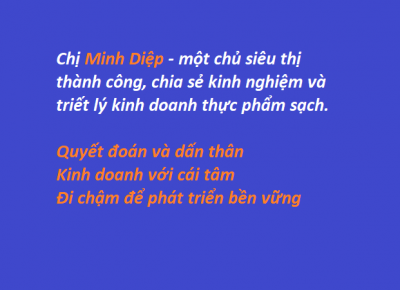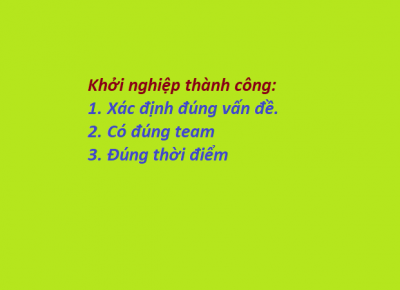Types of Magazine Articles
Character profiles. These pieces can vary in length from a few hundred words to several thousand. They paint portraits of a wide array of subjects: politicians, athletes, musicians, actors, social activists, authors, and more. Many magazines run these profiles as their cover stories.
Commentary. Commentary pieces are more common in magazines that deal with current events. Sports commentary is also common in sports-centric publications.
Criticism. These pieces tend to be either reviews or critical commentary. Think of album or film reviews, book reviews, or art and architecture criticism.
Humor. Typically found in shorter pieces, humor pieces are found in magazines like The New Yorker and McSweeney’s, and even weekly magazines that accompany newspapers.
Fiction. Magazines like Harper’s and The New Yorker are known for publishing short stories or excerpts from longer works.
Magazine Writing Versus Other Types of Writing
A typical magazine writer, freelance or staff, may have experience in other forms of media—local newspapers, short-form web articles, screenplays, or theater scripts—but they also know that writing for magazines involves its own set of requirements and idiosyncrasies.
Perhaps the biggest difference in writing for magazines compared with writing for a local newspaper is that most magazines have distinctive house styles. Article writing for daily and weekly newspapers is relatively uniform throughout the country. Stories feature similar beginnings (called the “lede”), rely on primary source quotes, and ground themselves in objective language. One could not necessarily blindly read two newspaper articles and be able to say which came from the Milwaukee Journal-Sentinel and which came from the Denver Post.
By contrast, a reader may well be able to read an article from three different magazines and quickly tell you which came from Anna Wintour’s Vogue, which came from Matt Medved’s Spin, and which came from Sally Lee’s Ladies' Home Journal. Each has a unique house style, and a good writer will be able to conform to those styles when taking on freelance writing jobs.
Magazine articles also vary more in length than most newspaper articles, televised news-magazine pieces, or blogging entries. On the short end of the spectrum, freelance writers may only be allotted 150 words for a sidebar in an in-flight magazine like American Way. At the other extreme Nathaniel Rich’s 2018 feature article “Losing Earth” in the New York Times Magazine had a word count of over 30,000. Different magazines have different standards and style guidelines, and it’s up to magazine editors, staff writers, and freelancers to maintain those standards and styles.
Some tips to write articles for magazines
Become a specialist. Today’s media world values specialization. ESPN’s Brian Windhorst was well-versed in all professional sports, but he strategically chose to hone in on basketball when he began penning articles for ESPN: The Magazine. He credits it for his rise within that company (even though the magazine itself no longer exists). If you have specialized know how in a particular discipline (such as medicine, music, or mobile computing), lean into it. The best stories you pitch will likely tap into your personal experience and specific knowledge base. Specialization can help you break through as a new writer.
Do more research than you think you need. It’s always better to have more sources, quotes, and statistics than you can use in your story. Often times a magazine writer’s document of notes will be longer than the first draft of their story. If you have a great article planned, the urge to start writing immediately can be intense. But before you begin, make sure you are truly overloaded with the substantive facts that will populate your story.
Consider the magazine’s target audience. A magazine’s most important relationship is with its readers. If you meet those readers on their terms, you could have a long career in magazine journalism. For instance, if you’re writing pop astronomy articles for national magazines like Wired or Discover, you cannot weigh down your prose with technical jargon that interferes with your storytelling. On the other hand, if you’re writing for trade magazines in the telescope industry, you should absolutely pepper your article with tech specs. It’s what your readers want.
Keep track of personnel changes among magazines. Editors frequently leave one magazine and join a new one. Your connection to such people is ultimately more important than the company they work for. Even if you think you have the perfect story for Rolling Stone but you don’t know anyone there and you do know the managing editor at Pitchfork, you’ll have a much better shot with the latter. Study a magazine’s masthead and article bylines to learn who’s working there. Online resources like LinkedIn can also provide this information.
Be flexible. Flexibility is one of the greatest writing skills a journalist can be endowed with. Even with the greatest degree of planning, the writing process can lead journalists in strange directions. You may find that your planned 1,000 word article needs 10,000 words to do its subject justice. Conversely, you may find that what you thought would be a voluminous feature should be far more succinct. Writing is hard work even when everything goes as planned. If your story demands a different approach from what you’d originally expected, embrace flexibility. It will make the revision process all the more pleasant.
Original article on masterclass
And many freelance writers get paid to write articles for magazines. Check those magazines on thewritelife.com









